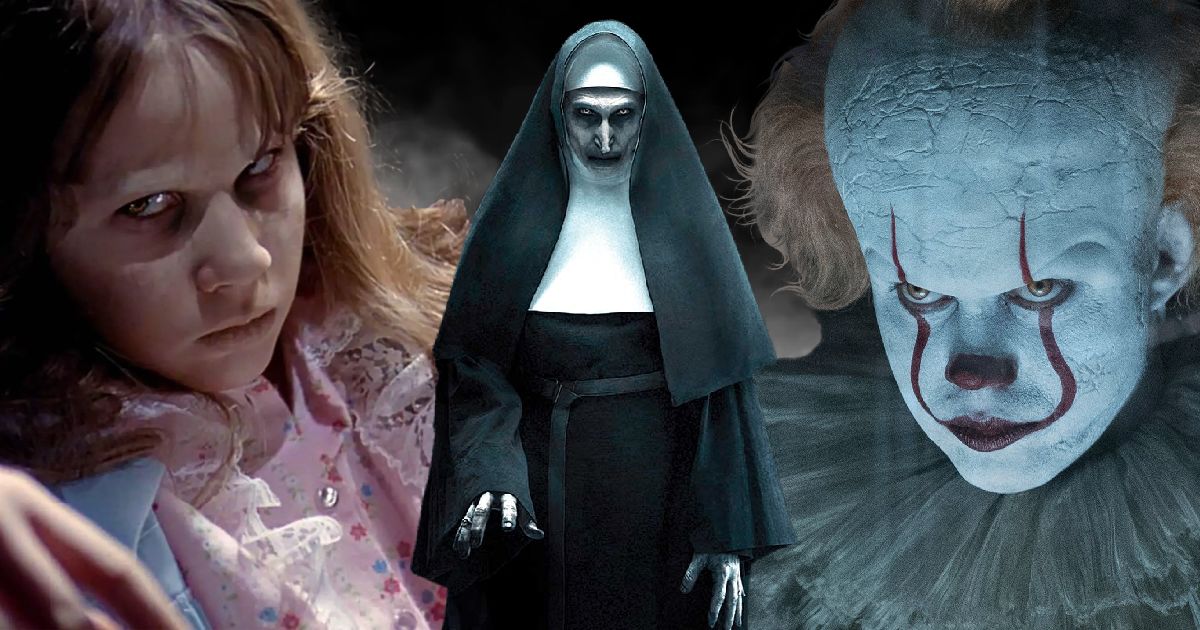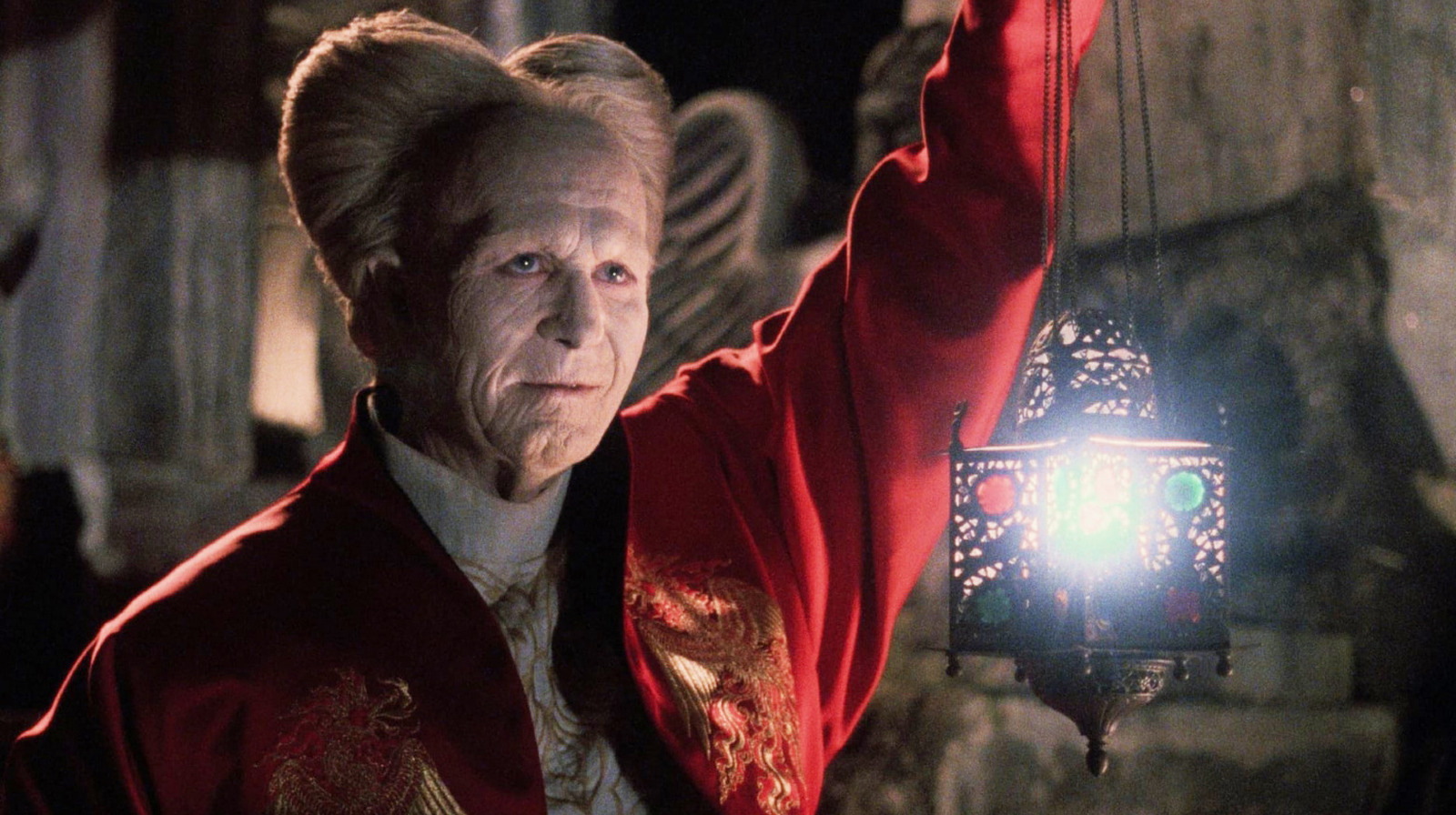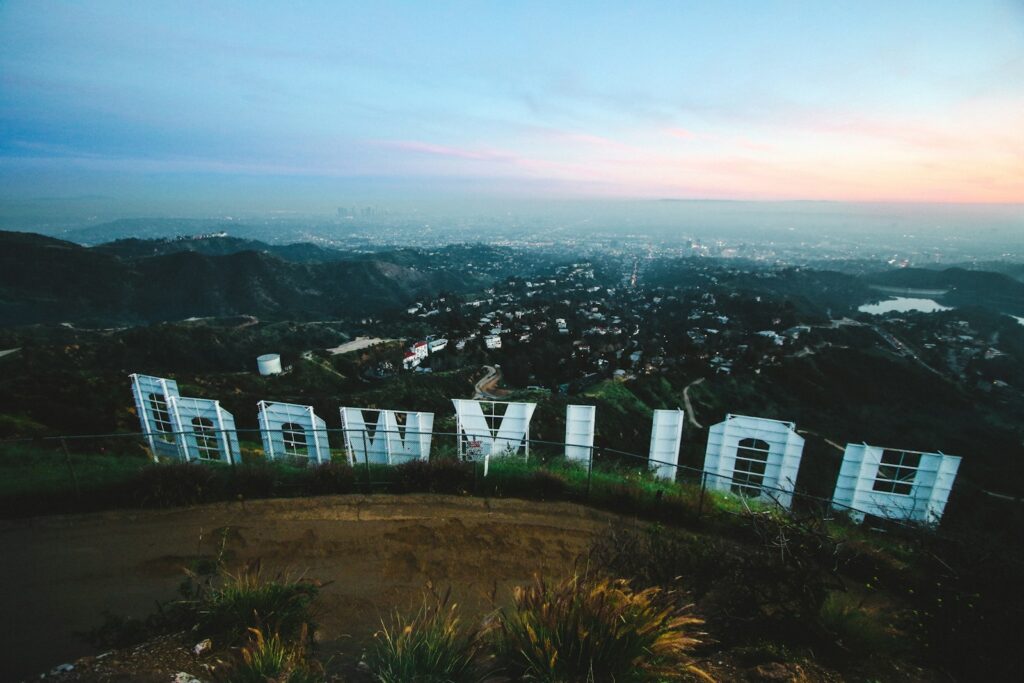
Horror remakes are, by their very nature, a contentious subject among audiences and critics alike. The mere mention of revisiting a beloved classic often conjures images of uninspired cash-grabs or superficial updates that fail to grasp the essence of their predecessors. Loyal fans, deeply invested in the originals, frequently approach these new interpretations with a healthy dose of skepticism, fearing that modern attempts might dilute the terror or compromise the narrative integrity that made the initial films iconic. Yet, amidst this landscape of apprehension, a select few rise above the fray, demonstrating that reimagining familiar fears can sometimes lead to cinematic breakthroughs that not only stand on their own but, remarkably, surpass the very originals they seek to emulate.
This curated collection delves into films that have managed the rare feat of earning widespread acclaim while simultaneously elevating the source material to new, often more terrifying, heights. These are not merely re-treads but sophisticated reinterpretations, where visionary directors, armed with contemporary techniques and a keen understanding of cinematic craft, have breathed fresh life into established narratives. They amplify fear, deepen character exploration, and introduce innovative perspectives, proving that a remake, when executed with precision and respect, can indeed become an iconic addition to the horror canon, forever altering perceptions of what is possible within the genre.
For the discerning cinephile and the devoted horror aficionado, understanding the artistry behind these exceptional remakes offers a richer appreciation for filmmaking. These films are triumphs of craft, directorial choice, and thematic courage, providing in-depth examinations of what makes horror truly effective. They serve as prime examples of how a remake, far from being a creative compromise, can be an opportunity for profound artistic reinterpretation, resulting in enduring cinematic achievements that resonate long after the credits roll.

1. **The Thing (1982)**:John Carpenter’s “The Thing” is often cited as the gold standard for horror remakes, an iconic addition to the horror canon that truly stands the test of time. Technically a remake of the 1951 sci-fi film “The Thing from Another World,” Carpenter’s version distinguished itself through major narrative differences that unequivocally place it a step above its predecessor. Both films are rooted in John Wood Campbell Jr.’s story “Who Goes There?”, but Carpenter’s adaptation proves more successful in its fidelity to the source material’s core terror.
Crucially, Carpenter’s “The Thing” fully embraces the alien creature’s insidious ability to shapeshift, a fundamental element missing from the 1951 rendition. This shapeshifting capability becomes the primary engine of tension, fueling an unbearable atmosphere of distrust and paranoia among the isolated crewmembers. This heightened air of suspense, where any colleague could be the “Thing” in disguise, is a psychological ordeal that the original simply could not achieve, turning men against each other in a chilling display of existential dread.
Beyond the narrative expansion, “The Thing” (1982) is undeniably scarier. The practical effects work in Carpenter’s film, pioneered by Rob Bottin at just 22 years old, remains absolutely disgusting and horrifying decades after its debut. These groundbreaking special effects create a palpable sense of dread, showcasing visceral, unforgettable transformations that are still a testament to the power of practical effects in horror cinema, making it a masterclass in claustrophobic terror.

2. **It (2017)**:Stephen King has long reigned as an unquestioned king of horror storytelling, yet many adaptations of his sprawling narratives have struggled to fully capture their essence. While the original “It” miniseries offered a memorable performance from Tim Curry as Pennywise, it ultimately presented a compromised version of the vast horror epic King crafted in 1986. Fortunately, Warner Bros. delivered a cinematic revelation in 2017 with director Andy Muschietti’s “It,” a film that shattered both box office records and preconceived expectations for King adaptations.
Muschietti’s genius lay in his approach to King’s almost unruly, hefty source material. By opting to divide the story into two parts, with this first film focusing exclusively on The Losers Club as children in Derry, Maine, during the 1980s, the film gained immense focus and narrative clarity. This structural decision not only allowed for a deeper exploration of the characters’ bonds and fears but also tapped into a powerful vein of childhood nostalgia, echoing the charm and camaraderie that resonate with audiences.
Crucially, Muschietti did the terrifying elements of “It” justice, a feat greatly bolstered by Bill Skarsgård’s stellar, chilling performance as Pennywise the Clown. From the opening scene where Georgie is brutally pulled into the storm drain, the audience is immediately immersed in a world where profound terror lurks beneath the surface. This remake stands not merely as a better version of its predecessor but as one of the greatest Stephen King adaptations ever made, balancing genuine scares with heartfelt moments of friendship and courage.

3. **The Crazies (2010)**:George A. Romero’s 1973 horror flick, “The Crazies,” presented a town spiraling into chaos after a military bio-weapon’s accidental release, turning its populace into deranged, ungovernable individuals. Romero’s concept of seemingly reasonable Americans suddenly becoming unhinged held immense potential, yet the original film was frequently undermined by budgetary constraints, slack pacing, and uneven performances. Breck Eisner’s 2010 remake, however, proved superior in virtually every regard, realizing the original’s compelling premise with modern intensity and heightened suspense.
The 2010 film immediately grips viewers with its all-too- believable opening scene, as a town drunk inexplicably wanders onto a baseball field with a shotgun, setting a chilling tone that only escalates. Timothy Olyphant delivers a hugely sympathetic performance as David, a small-town sheriff. His mission to rescue his pregnant wife, Judy (Radha Mitchell), from a military-imposed quarantine anchors the film’s emotional core amidst the escalating anarchy, providing a human element to the widespread terror.
While Eisner’s previous directorial efforts might not have suggested a horror maestro, his work on “The Crazies” showcased a more than proficient horror filmmaker. His spare, widescreen compositions skillfully conjure a slow-mounting sense of dread, drawing comparisons to the atmospheric tension of Carpenter. The set pieces, particularly the nursery sequence, are terrifyingly taut, transforming the original’s intriguing concept into a relentlessly thrilling and genuinely terrifying experience that explores themes of survival and trust.

4. **Bram Stoker’s Dracula (1992)**:Many filmmakers have attempted to translate Bram Stoker’s seminal novel to the silver screen since its 1897 publication. While Bela Lugosi’s Universal “Dracula” films and Christopher Lee’s Hammer productions each hold their own gems, Francis Ford Coppola’s 1992 adaptation, “Bram Stoker’s Dracula,” stands as a true masterpiece. Coppola’s vision transforms many of Stoker’s most memorable moments into something even more stunning and sensuous, creating a film with a visual flair that is hard to top.
Coppola’s film masterfully captures the novel’s intricate blend of lust, tragedy, and horror, delving into the emotional depth of Dracula’s character. Gary Oldman’s portrayal is iconic, appearing both as a ravishing warrior king and a bizarre old man. His journey of discovering the reincarnation of his lost love in the young Mina Harker (Winona Ryder) forms the tragic heart of the story, even as her husband Jonathan (Keanu Reeves) attempts to save her from his supernatural clutches.
“Bram Stoker’s Dracula” is a cinematic feast for the senses, replete with awe-inspiring tableaus and breathtaking costume design by Eiko Ishioka. From the opening sequence, using shadow puppets to narrate Dracula’s origin, to Jonathan Harker’s torment, the film is a sensuous visual spectacle. The confrontation between Oldman’s Dracula and Anthony Hopkins’ Van Helsing further cements its status. Coppola’s inventive ways of stretching the budget for grandiose visuals make this adaptation an enduring classic, arguably the definitive cinematic interpretation.

5. **Little Shop of Horrors (1986)**:For many, the 1986 musical film “Little Shop of Horrors,” starring Rick Moranis, Ellen Greene, Steve Martin, and featuring the voice of Levi Stubbs, is the definitive version. Unless one is familiar with the Roger Corman-produced 1960 original, it might not even be widely recognized as a remake. However, the musical remake, directed by Frank Oz, transcends its B-movie origins, offering a spectacle that the low-budget predecessor simply couldn’t match.
Pitting a low-budget B-movie against a remake featuring music from Disney Renaissance legends Alan Menken and Howard Ashman, and directed by a puppetry master like Frank Oz, is hardly a fair contest. Everything about the 1986 “Little Shop of Horrors” is an absolute marvel. The stunning, theatrical-inspired sets of Skid Row transport the audience directly into the film’s unique world, perfectly complementing the perfectly performed songs that have become beloved in their own right.
The true untouchable element of Oz’s film is the masterful puppeteering work of Audrey II. Leveraging his extensive background with the Jim Henson Company, Oz brought in some of the best puppeteers in the business, with Lyle Conway delivering impeccable puppet artistry for the monstrous plant. This film serves as a magnificent love letter to the original’s B-movie roots, yet it elevates every fantastical element to perfection, from the vibrant performances to the increasingly elaborate and menacing Audrey II, cementing its place as a horror-comedy classic.

6. **The Fly (1986)**:David Cronenberg’s “The Fly” stands as a grotesque, visceral reimagining of the 1958 original, a film that redefined body horror for a generation. Jeff Goldblum delivers a tour-de-force performance as Seth Brundle, a brilliant but eccentric scientist whose teleportation experiment goes catastrophically wrong, leading to a horrifying and deeply tragic transformation. Cronenberg’s signature style amplifies the physical and psychological disintegration, exploring themes of identity, the loss of humanity, and the relentless decay of the flesh with unflinching intensity.
The film is a masterclass in practical effects, showcasing Brundle’s gradual metamorphosis into “Brundlefly” with a level of detail and realism that is both disturbing and mesmerizing. Unlike many horror films that rely on jump scares, “The Fly” builds its terror through a profound sense of inevitability and disgust, drawing viewers into the agonizing process of a man losing himself to a monstrous mutation. Goldblum’s critically acclaimed performance adds immense depth, making Brundle a sympathetic figure whose tragic downfall is both horrifying and heartbreaking.
“The Fly” is not merely a remake; it’s a profound exploration of existential fears, touching upon the fragility of the human body and mind. The film pushes boundaries, transforming what was a B-movie premise into a sophisticated and emotionally resonant horror drama. Its impact on the genre is undeniable, proving that body horror, when handled by a visionary director like Cronenberg, can be a potent vehicle for exploring deeper philosophical questions about what it means to be human.




